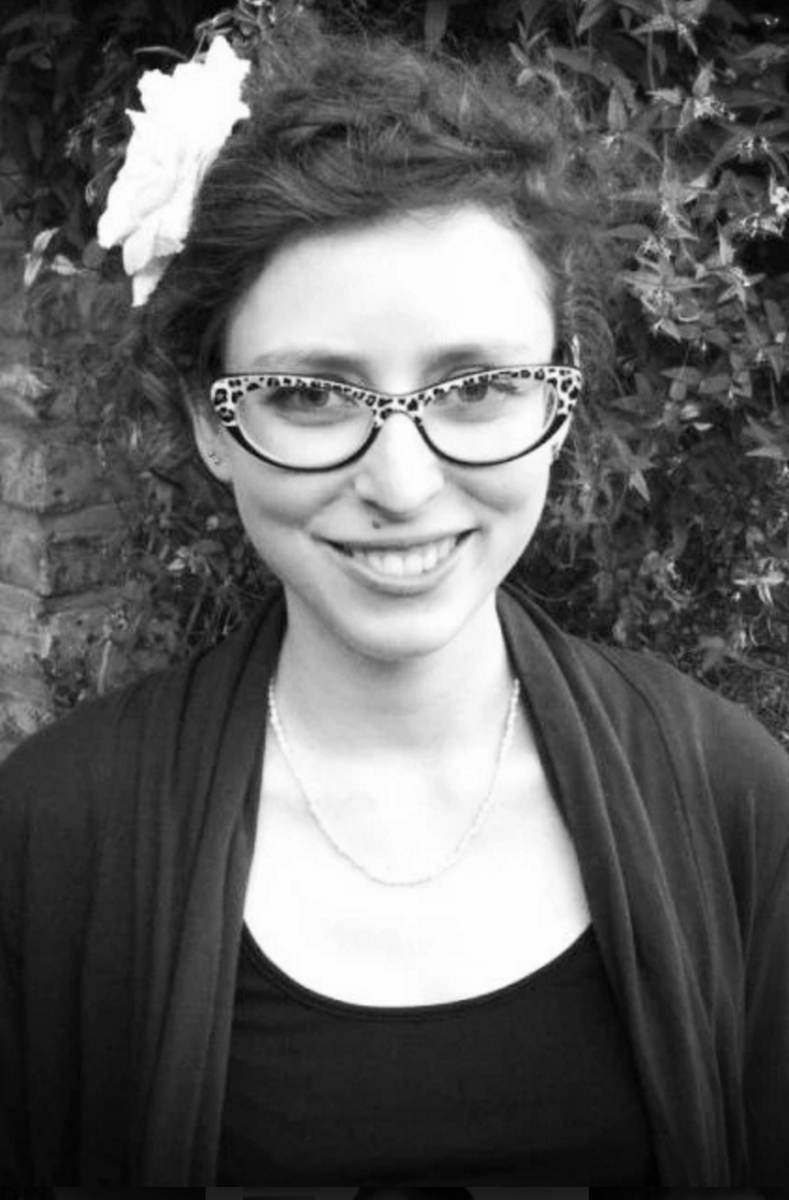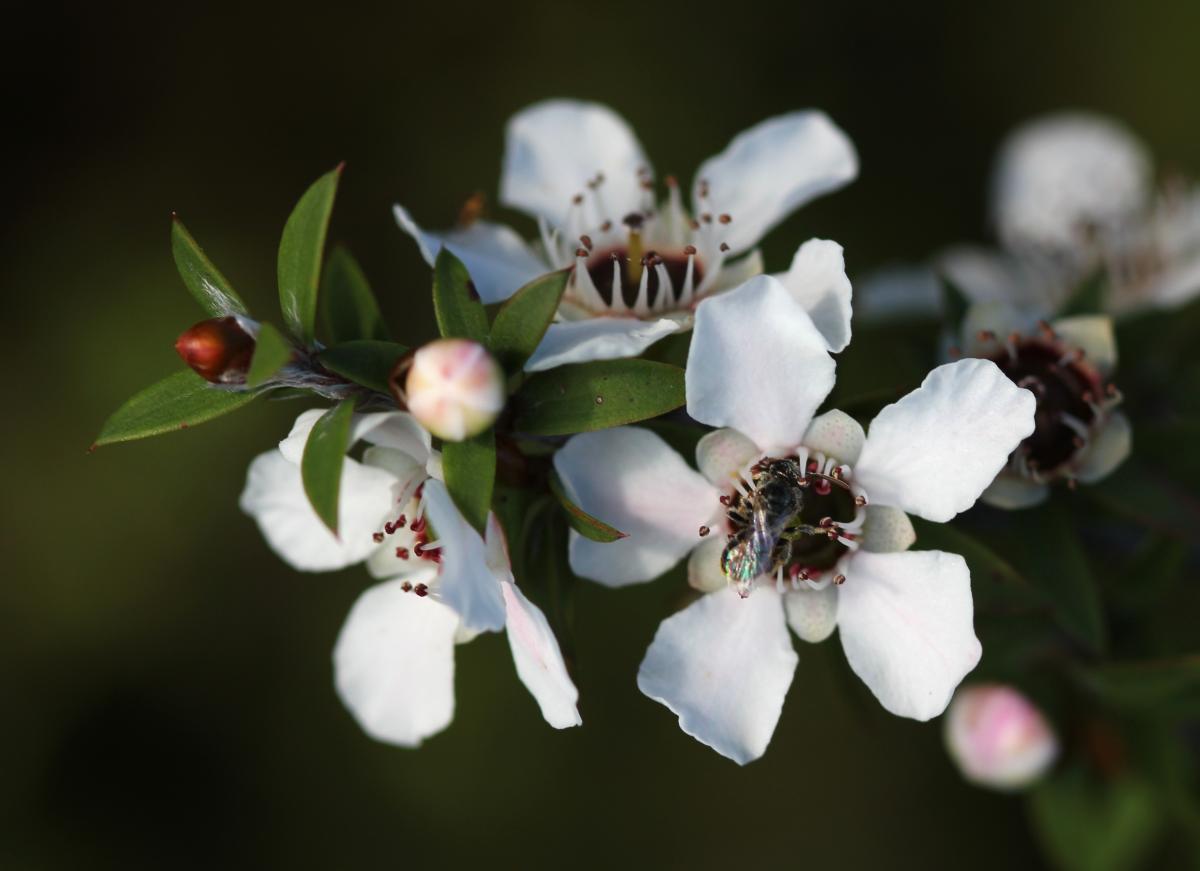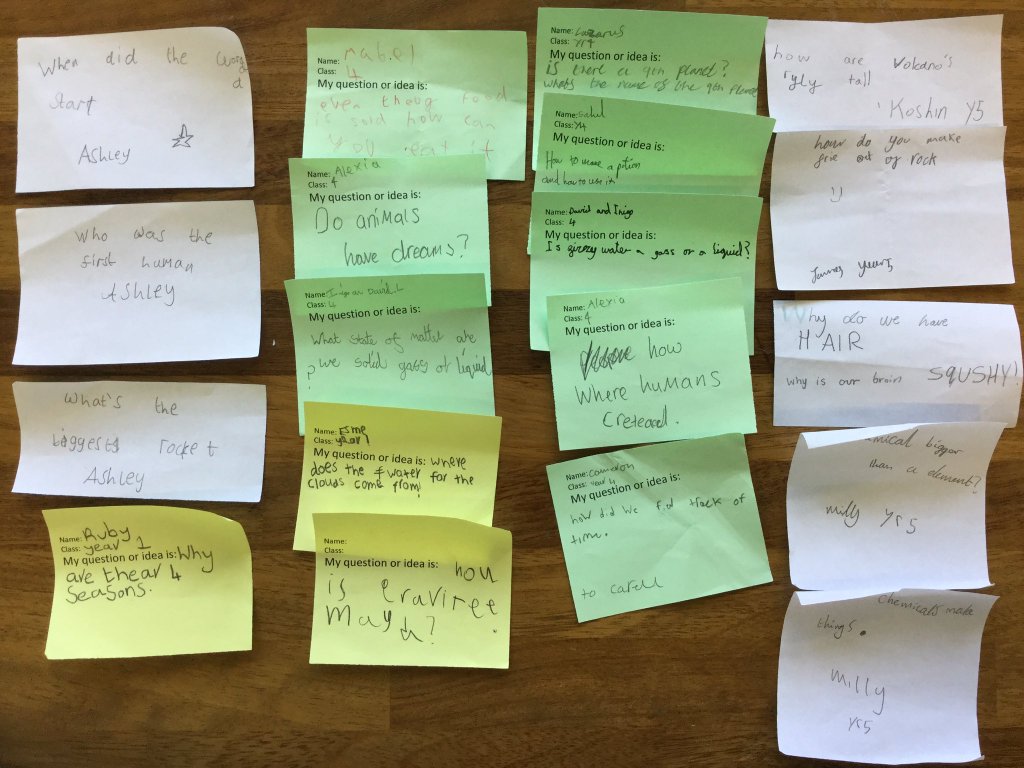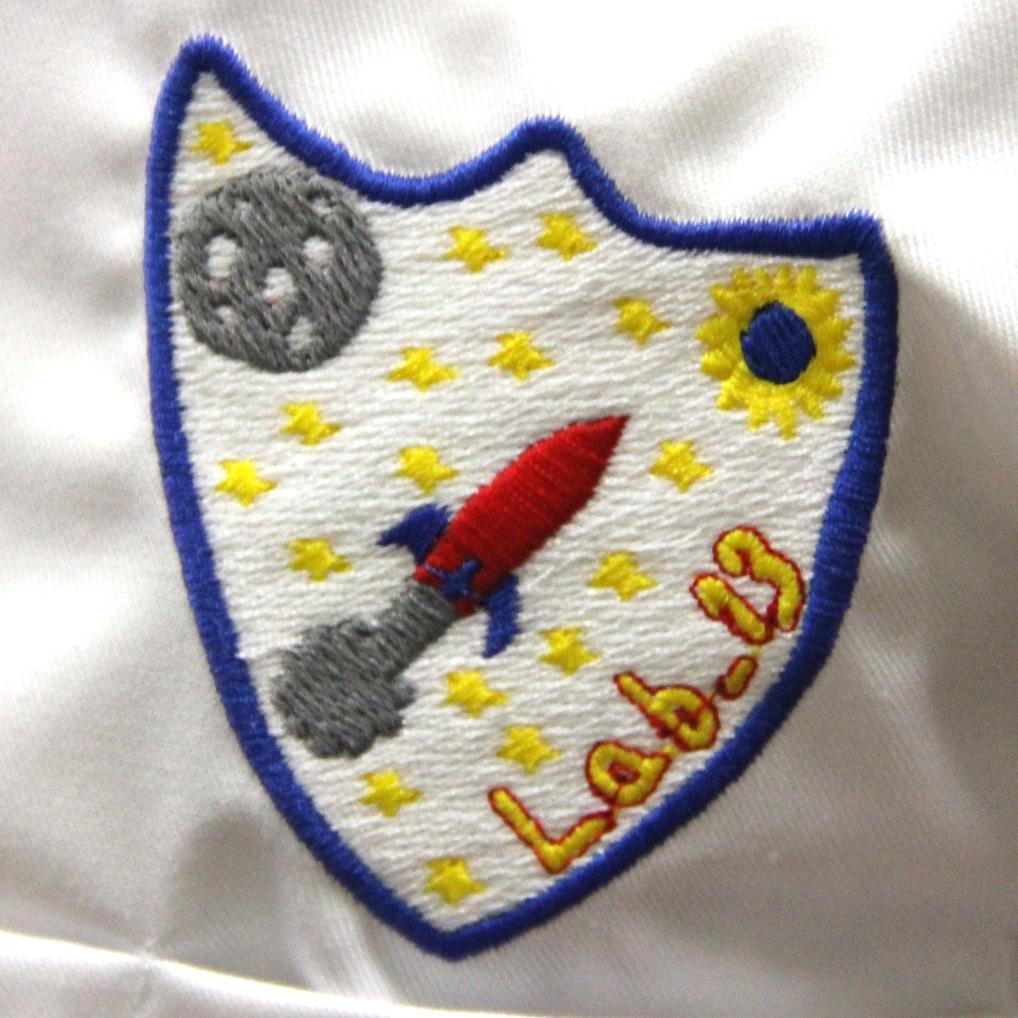The sweet taste of science Inspire article
As a ‘scientist / inventor in residence’ at a primary school, teacher Carole Kenrick inspires children and is inspired by them.

Image courtesy of Carole
Kenrick
In the summer of 2015, children at Gillespie Primary School in north London, UK, made international news with a double-blind controlled trial that concluded that manuka honey is not effective in preventing colds and minor illnesses. The trial, funded by the British Pharmacological Society, was conducted by children aged between 7 and 11 at the school’s Lab_13, a dedicated space in the school, where small groups of children investigate their questions and turn their ideas for inventions into reality.
The lab is overseen by Carole Kenrick, the project’s ‘Scientist / Inventor in Residence’. After studying physics at university, Carole became a secondary-school physics teacher and head of physics for a school in London. Then she saw the job advert for the part time position at Gillespie. “This seemed like my dream job – an opportunity to teach beyond the curriculum, pursuing children’s own questions and ideas,” she explains. “Really getting them to think for themselves, like scientists and inventors.”
Part of her job there is to facilitate the work of a committee of children in Years 5 and 6 (9–11 years old) to engage the rest of the school in science, technology, engineering and maths (STEM). When I asked the children how involved they get, they answer: “A lot! We basically take charge of everything except filling in the forms.” The management committee meets weekly to plan events, competitions and science assemblies. Sessions with Carole are inspired by the students’ own questions, which she then uses to plan a session. “The idea being,” says Carole, “that they think like scientists/inventors and work out as much for themselves as they can.” The idea of the lab is to increase what some people call ‘science capital’ – exposure to science as a cultural activity that can have a positive benefit.
The idea behind the manuka honey project, says Carole, came from a question asked by a parent, who wondered whether claims about the honey’s benefits to health could be substantiated. Manuka honey is a honey produced in Australia and New Zealand from the nectar of the manuka tree. The honey is commonly sold as an alternative medicine and a component found in manuka honey has demonstrated antibacterial properties in vitro.

Image courtesy of Avenue; Image source: Wikimedia commons
Preparing a protocol
After the question was raised, Carole worked with students to design a protocol for a double-blind trial with a control group, which was reviewed by Dr Robert Dickinson at Imperial College London, UK. Volunteers from the school community took part in the trial, either eating manuka honey, a normal honey, or no honey, and then reported how they felt each day. Children from across the school helped with data input and analysis and the results showed that children taking manuka honey reported feeling very well on 54% of the days of the study. For those on other honey or not taking honey at all, the figure was over 70%.
Of course the size of the school does limit the number of participants, which means that the results cannot be seen as very scientifically reliable. According to Carole, 10 children ate manuka honey; 10 children ate non-manuka honey and 14 ate no honey at all. Looking over the results however, it is clear that the children take scientific reproducibility very seriously. In a poster of their results the children also conclude that they are not confident that their results are entirely accurate. ‘We would like child-led research groups in other schools to double check our results by trying this out in their school,’ they conclude in their poster. And indeed the students themselves seemed upset that one online newspaper reported that their results ‘prove’ that manuka honey doesn’t impact health while the children themselves were careful to say that their results ‘suggested’ this might be the case. Carole says that the children were surprised that their research was respected by so many people – from being interviewed for the newspapers to presenting at the Cheltenham Science Festival in the UK. “They felt that they were being taken seriously, and recognised as scientists.”
But the benefits of the trial have spread even further. “The eight ‘Beesearchers’ grew tremendously in confidence,” she adds “And children across the school make reference to the trial when discussing other investigations.” Furthermore, Carole’s pupil surveys tell her that they want to be involved in more long-term research projects. The trial included no fancy demos or special pieces of equipment, and by Carole’s own admission involved “some pretty repetitive, and frankly dull work, the children experienced the satisfaction that only a long hard slog can provide.”

Image courtesy of Carole Kenrick
Keeping busy

Kenrick
Even though the trial is over, Carole, who works at the school on a part-time basis and also as a teacher trainer at Canterbury Christ Church University in Kent, is still being kept busy with a growing pile of submitted questions for investigation. She also helps the Lab_13 management committee run school-wide competitions (including science art, science baking and logo designing) and events.
As with all schools, however, budgets are tight. The children have been heavily involved in raising money to ensure the survival of their Lab_13 and above all, Carole’s post as resident scientistw1. However, the financial requirements of the project are small apart from Carole’s salary. “We do have a few bits of special kit, like a microscope and a telescope,” admits Carole, “but to be honest, it’s more about the approach than the equipment.” However there is one piece of equipment that Carole does think helps: lab coats. “It helps them feel like scientists,” she explains.
The project has only been going for two years, so its long-term impact cannot yet be measured. However, the positive replies to Carole’s latest pupil survey suggests the benefit of the project is clear: “It allows children to share their ideas and have fun whilst still learning”, one replies. Another is even more inspired, the best thing, they say, “is that we can discover anything.”
What is a Lab_13
Lab_13 laboratories are based within schools, but external from the curriculum and managed entirely by the students of the school.
A management team is established in each school; a small group of students who have the responsibility of the management of the laboratory. Every aspect of the laboratory, from recruitment to resources, is decided on by this team (which recruits replacement members each year, in most cases).
Each management team recruits a ‘scientist-in-residence’, with either a scientific, engineering or inventing background to assist with investigations, ensure the children are conducting experiments safely, and lend a hand where needed. Carole says she is very lucky at Gillespie that one of the parent governors involved at the school is chemistry professor Andrea Sella. “Whilst support from universities isn’t necessary to the day-to-day running of the lab,” she explains, “it does make it easier to find scientists to work with.”
The project began in the UK, but the network has now moved into Ghana as a first step to see how internationally applicable the project could be. All the scientists/inventors in residence keep in contact over email and the different Lab_13 all contribute to a shared blogw2. Pupils at Carole’s school have also taken part in competitions set by their peers in Ghana and had online chats. “I think it’s so important for the children to learn about the experiences of children in other parts of the world,” Carole adds.
Web References
- w1 – Donate money for the project.
- w2 – Read the Lab_13 blog.
Resources
- You can learn more about the work that Carole does with the students at https://youtu.be/HXeRg7YfVDE





